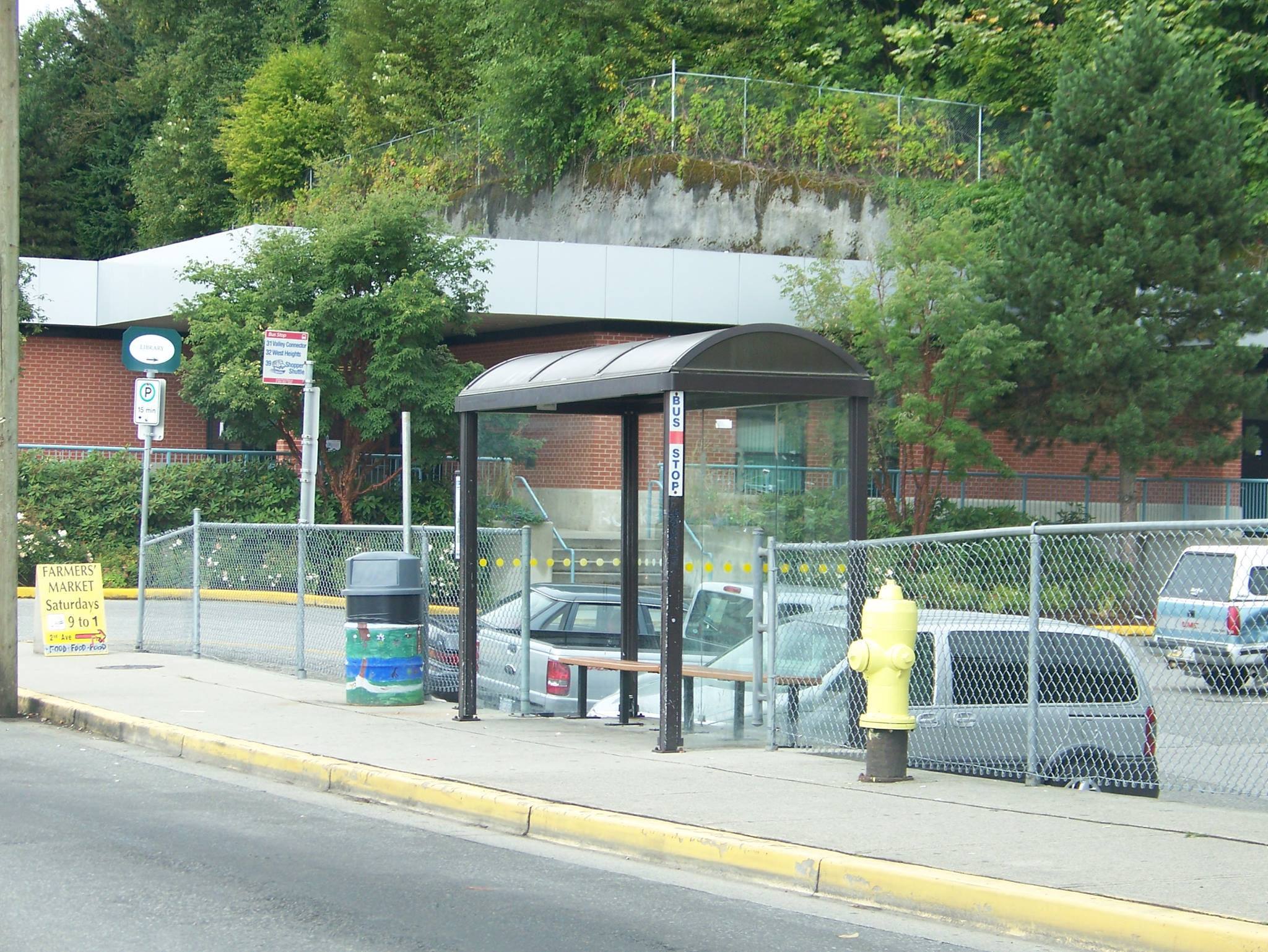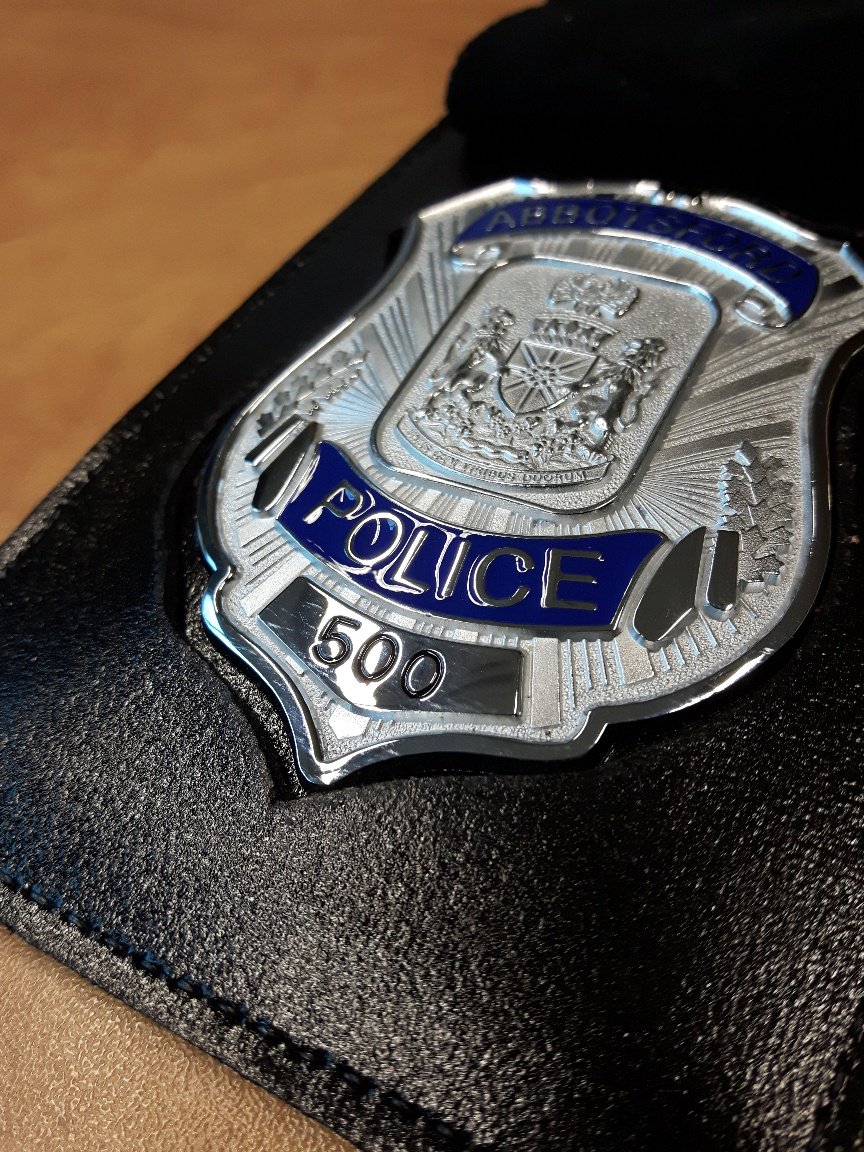Victoria/Fraser Valley – This is what the new school year looks like – by the numbers. Remember this is the media release from the Province of BC. School Districts and Parents may have a different view of the 2016-2017 School Year:
The following facts provide a snapshot of British Columbia’s education system, which has 1,578 public schools and 350 independent schools:
Highlights
- More than half a million students will head back to public school this September.
- Education funding is at record levels.
- Students are completing high school at a rate almost 10% higher than they were in 2001.
- Class sizes remain low and stable. Only 2% of classes have more than 30 students.
Funding
- This coming school year (2016-17), total funding to school districts will reach $5.10 billion – up 32% since 2000-01.
- The average per-pupil funding is now an estimated $8,963, an increase of 42% since 2000-01.
- Last school year, total funding for all students (public and independent) with special needs was approximately $920 million.
- This year, school districts will receive $52 million through CommunityLINK, which helps them fund programs to support vulnerable children and youth. Districts use this funding to fund breakfast and lunch programs, inner-city and community school programs, as well as school-based support workers and counselling.
- Government has increased the Learning Improvement Fund (LIF) allocation to school districts by more than 66% since 2013-14 – to $100 million in 2016-17. The LIF was established to address complex classroom needs and ensure learning conditions are appropriate for all students.
- Under the new agreement with teachers, LIF will be maintained at $100 million in each of the next two years, and will rise to more than $106 million in 2018-19.
- Government has flowed extra funding to districts since Budget 2016:
- $25 million of administrative savings returned to school districts to invest in students.
- $2 million Rural Education Enhancement Fund to help keep schools open.
- $28 million to ensure enrolment increases and labour settlements are covered.
- $6 million to train teachers on coding and new curriculum and to buy computers.
- This past school year (2015-16), districts used the LIF to hire:
- 313 new full-time teachers
- 848 new part-time teachers
- 44 new full-time support staff
- 198 new part- time support staff
- Increase the teaching time hours of 611 teachers from part-time to full-time.
- Increase time hours of 2,843 support staff from part-time to full-time.
Enrolment
- Estimated 528,689 full-time public school students this September.
- The ministry estimates an increase of about 2,900 students.
- Since 2000-01, there has been a decrease of:
- about 60,000 students in public and independent schools. OR
- about 79,000 students in public schools .
(NOTE: Independent school students are up by 21,000 in same time period)
- Estimated 60,359 English Language Learning (ELL) students – 461 more than last year.
- Estimated 57,351 Aboriginal students – 345 more than last year.
- Estimated 27,260 students with special needs (eligible for supplemental funding) – 627 more than in last year.
- Estimated 3,327 non-graduated adult students – 92 fewer than last year.
- Over 69,700 students took at least one online (distributed learning) course in 2015-16. That compares to approximately 33,000 students in 2006-07.
Achievement
- The provincial six-year completion rate has increased by more than 9.7% since 2000-01 and was at 83.9% in 2014-15 (public and independent schools). Over that same period:
- The six-year completion rate for Aboriginal students has increased by 48.9% and now is at 63%;
- The six-year completion rate for ELL students has increased by 11.9% and now is at 86.2%;
- The six-year completion rate for students with special needs (not including gifted) has increased by 97.3% and now is at 65.9%.
Capital/Seismic
- Budget 2016 provides $1.7 billion over three years to replace aging facilities, build more student spaces in growing communities and improve school seismic safety.
- Since 2001, government has built 48 new schools, replaced 70 aging schools, expanded 186 schools and seismically upgraded 153 schools.
- Since 2011, government has invested more than $1.4 billion in new and improved schools, including more than $500 million in seismic upgrades.
- Since launching B.C.’s award winning Seismic Mitigation Program, government has spent $1.12 billion to complete 153 high-risk seismic projects.
- There are 61 projects in development under the Seismic Mitigation Program, including:
- 61 projects in development under the Seismic Mitigation Program
- 14 schools under construction
- 13 schools in tender and design stage, and
- 34 schools in planning stages
- Over the next three years government has set aside $560 million to upgrade high-risk seismic schools across the province.
- Four schools worth more than $170 million were completed in 2015-16.
- $23.8 million École Qayqayt Elementary in New Westminster;
- $51.6 million Oak Bay High in Victoria;
- $53.9 million Belmont Secondary school in West Shore, and
- $40.8 million Royal Bay Secondary in Colwood
- Recent record investments include:
- $106.5 million to replace New Westminster Secondary school
- $45.7 million to seismically replace Argyle Secondary in North Vancouver
- $99.5 million to create 2,700 student spaces in Surrey at a new high school, elementary school, rapid expansions at three elementary schools and as well as purchase land for a future elementary school.
- Over the last two school years, government invested $80 million to extend the life of 189 schools across the province under the School Enhancement Program. Improvements include roofing, lighting, heating/cooling and other efficiency upgrades.
Healthy Schools
- Since 2012, the Ministry of Education has lead the Expect Respect and A Safe Education (ERASE) strategy (www.erasebullying.ca)
- To date, over 15,500 public, independent and First Nations educators and community partners have received training as part of the ERASE strategy.
- All 60 school districts and many independent schools have a dedicated Safe School Coordinator (SSC) responsible for school safety issues and these SSCs have responded to approximately 800 student safety reports through an online student reporting tool at: https://reportbullyingbc.edudata.ca/apps/bullying/
- All 60 school districts and many independent schools have Codes of Conduct in place and are also guided by the Safe and Caring School Communities provincial policy.
- The BC School Fruit and Vegetable Nutritional program provides fresh fruits and vegetables right in the classroom to children, allowing them to sample B.C. produce such as plums, blueberries, apples, tomatoes and carrots.
- Since 2010-11, the BC Agriculture in the Classroom Foundation has received $25 million in combined funding from the Provincial Health Services Authority and the Ministry of Health to support the program.
- Since 2005, the program has expanded incrementally from 10 pilot schools to 1,378 public schools and 86 First Nations schools in September 2015, serving nearly 500,000.
- In May 2015, government announced $3.5 million in new funding for the program to ensure it continues to bring fruits, vegetables and milk to more than 489,000 children in 1,463 public and First Nations schools.
- The Guidelines for Food and Beverage Sales in BC Schools are to be used in every school district to maximize students access to healthier options and fully eliminate the sale of unhealthy foods and beverages in B.C. schools.
Class Size
- Class sizes in B.C. remain low and stable. The average number of students per class in 2015-16 was well below the maximum size allowed in provincial legislation.
- Of the 67,107 K-12 classes in B.C. public schools last year:
- 40% had fewer than 24 students;
- 58% have between 24 and 30 students;
- Only 2% of classes had more than 30 students and the majority of these are classes such as band, drama and gym where it is appropriate and beneficial to have a larger number of students.
- Average class sizes:
- 19.7 students for kindergarten;
- 21.8 students for grades 1-3;
- 26 students for grades 4-7;
- 23.4 students for grades 8-12.
- There were nearly 9,800 full-time educational assistants working in schools in 2015-16, an increase of 48% compared to 2000-01. Approximately one-in-three classes in B.C. have an assigned educational assistant.
Independent schools
- Independent schools enrolled nearly 82,000 students in 2015-16, which is approximately 13% of B.C.’s K-12 population.










